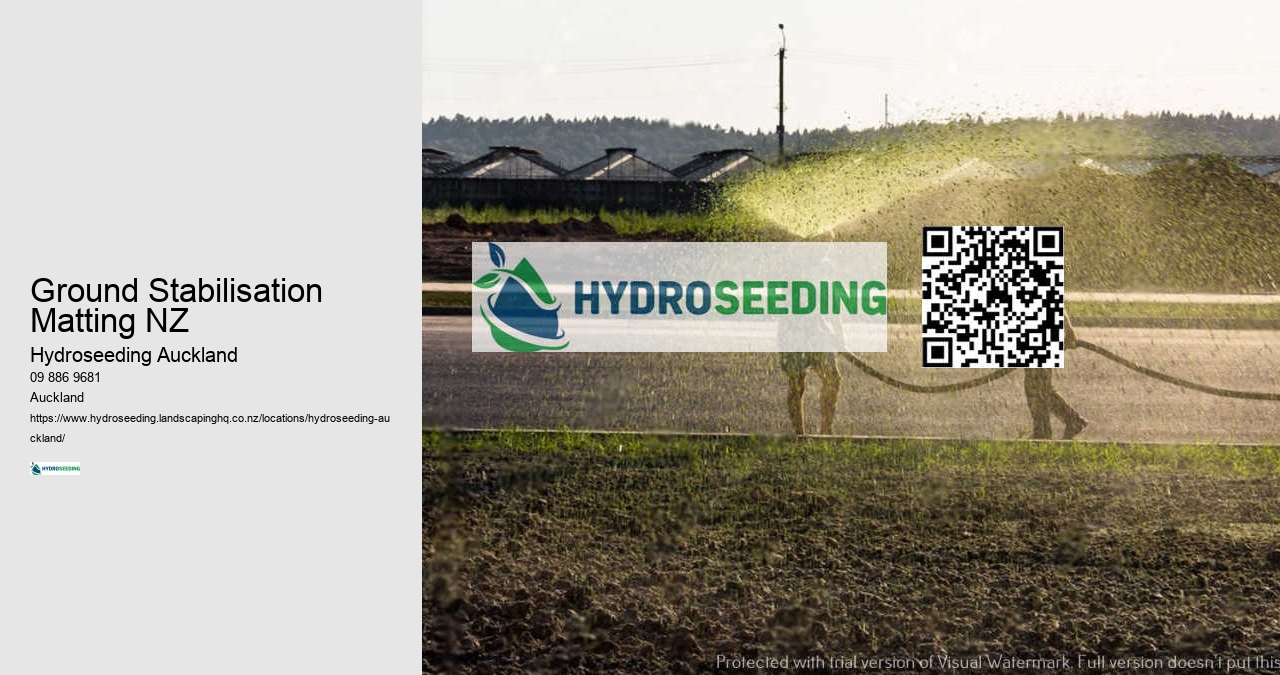

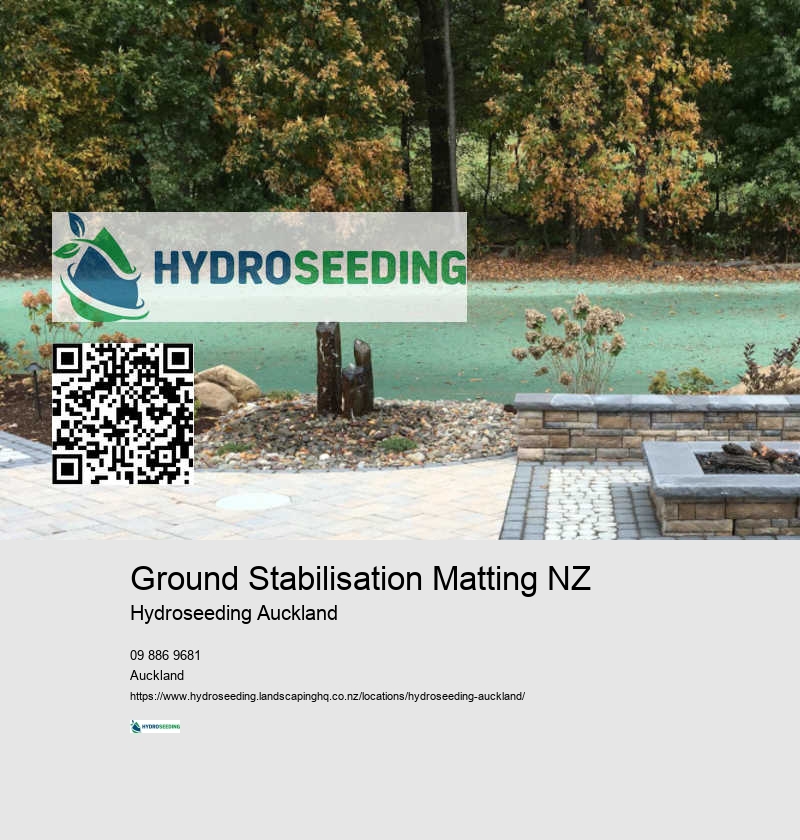
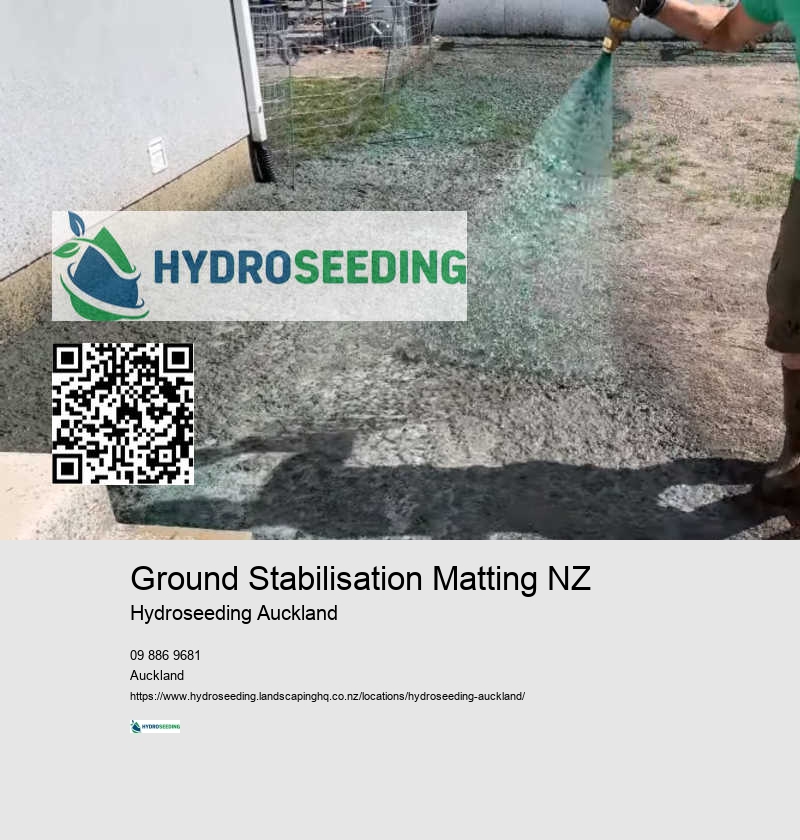
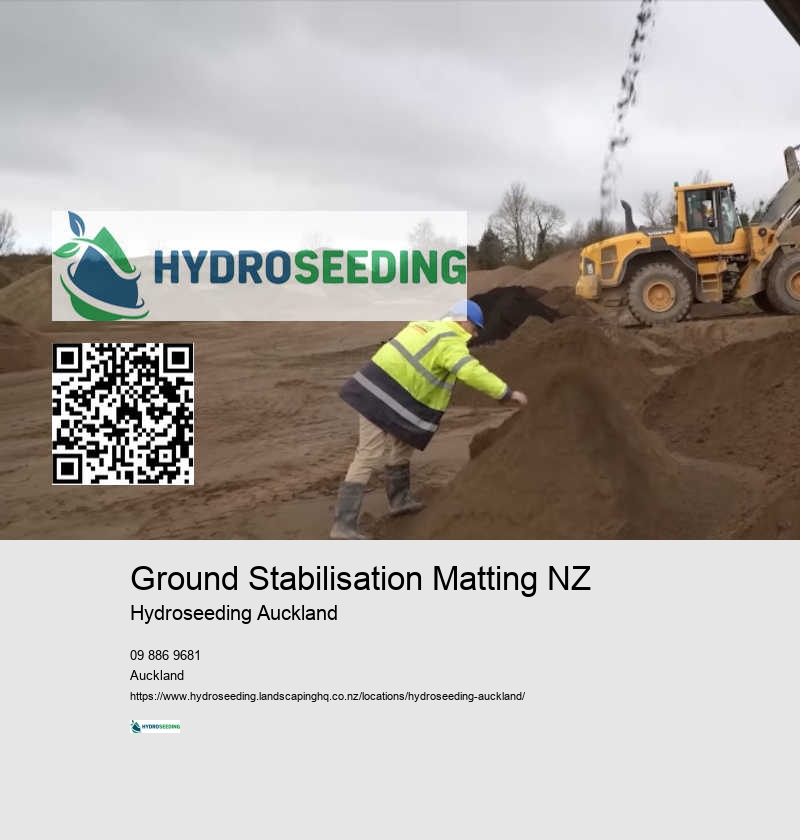
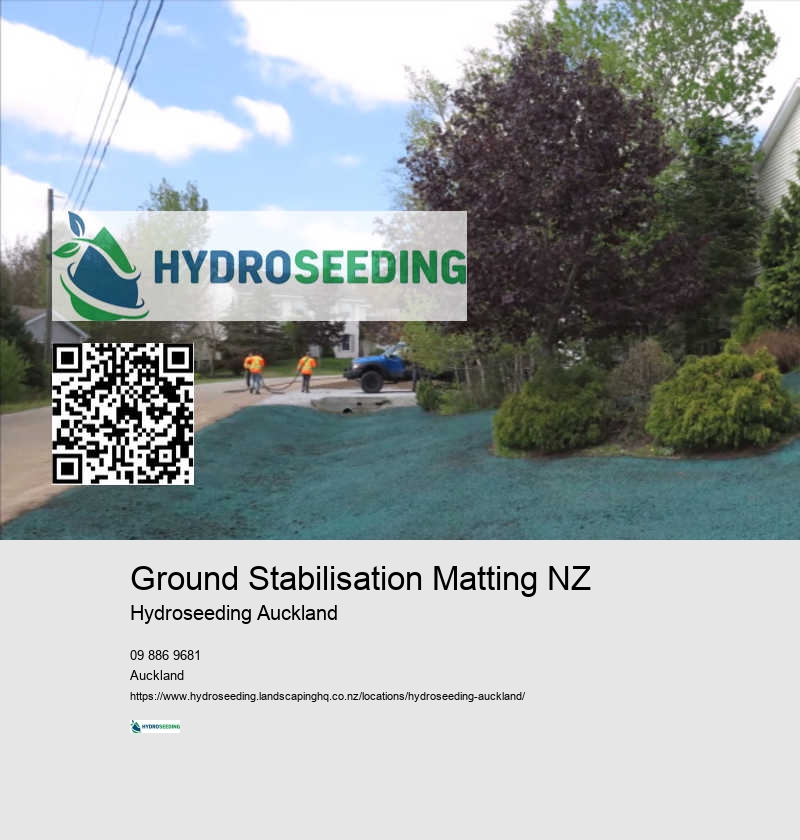
Hydroseeding on clay soil is possible, but the soil may require additional preparation to improve its drainage and nutrient content. Amending the clay with organic matter or using a specialized seed mixture can help ensure successful growth. For professional advice on hydroseeding in challenging soil conditions, contact us today and get a free quote!
Hydroseeding in winter is possible, but it�s generally less effective than during warmer seasons when the seeds can germinate more easily. Cold temperatures slow down the growth process, and in some cases, the seed may not germinate until spring. It�s best to hydroseed in late fall or early spring for optimal results. If you�re considering winter hydroseeding, consult with our experts to understand the best strategy for your project. Contact us for a free consultation and quote!
Stopping erosion on a hill involves using erosion control techniques such as planting vegetation, building terraces, and applying hydroseeding. Adding mulch or erosion control blankets can provide additional stabilization. Proper drainage systems help manage water runoff and prevent soil erosion. For effective solutions to stop hill erosion, reach out to our experts today for a free consultation and quote!
To stabilize soil on a hill, consider using methods such as planting ground cover plants, installing terraces, or building retaining walls. Hydroseeding is an excellent option for covering large hill areas quickly and preventing erosion. Additionally, incorporating erosion control blankets or mats can provide extra stability. For customized solutions to stabilize hillside soil, contact us today for expert advice and a free quote!
Hydroseeding typically takes around 2 to 3 hours to apply to an area, depending on its size and complexity. However, the time needed for the grass to fully establish and grow can vary from 6 weeks to several months. For more details on the hydroseeding process and timelines, reach out to us today for a free consultation and estimate!